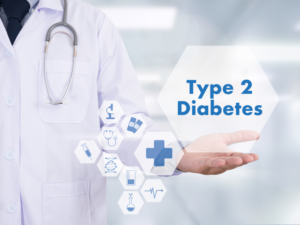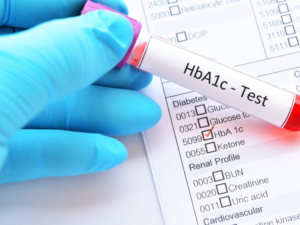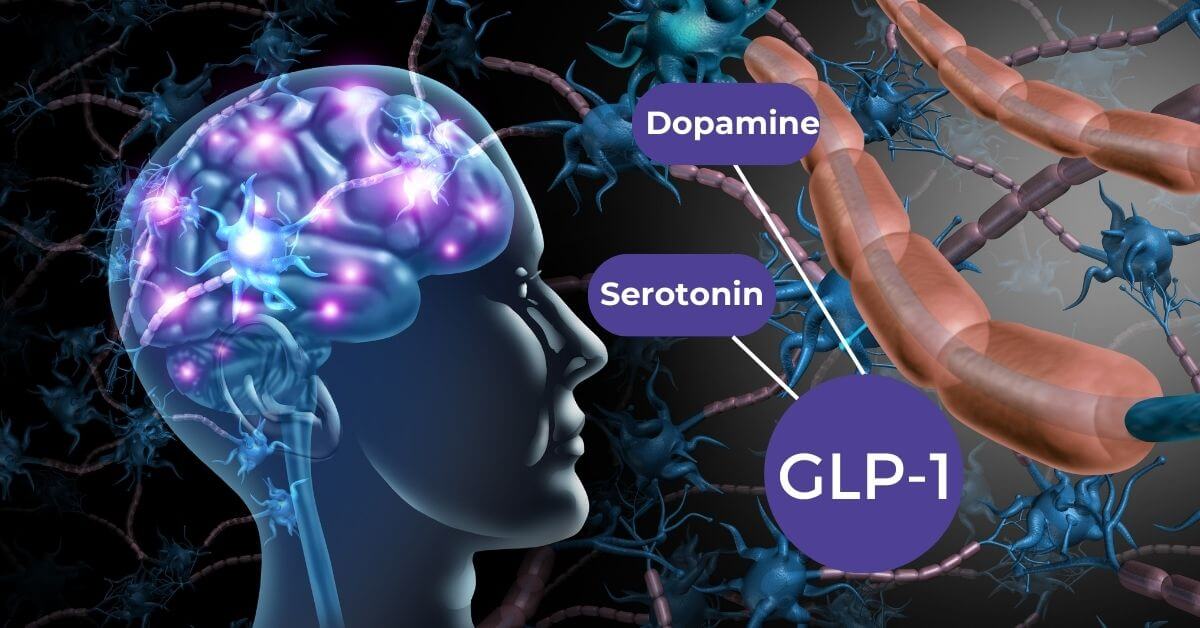
I Will like to start my first blog with an affliction that affects millions of people worldwide and have become a Pandemic for a long time. This affects so many people, that almost everybody knows about someone with this disease. I’m included as I do have a strong family history and many family members affected by this condition.
Diabetes Overview
Diabetes mellitus is a metabolic disorder in which your body fails to regulate average blood glucose levels, otherwise known as blood sugar. The problem involves a hormone called insulin. Your pancreas is responsible for synthesizing an adequate amount of insulin to help your body in regulating optimal blood glucose. In a diabetic person, the pancreas may stop producing insulin, or the body stops responding to the insulin – either way, blood sugar rises to abnormal levels. With a crippled blood glucose regulation mechanism, your body is at risk of various dangerous health hazards, including heart disease and stroke. Diabetes is a chronic disorder, which means that although you can control it – diabetes lasts for a lifetime.
According to the CDC, the number of people with diagnosed and undiagnosed diabetes in the United States is 30.3 million. This figure is an enormous number, which represents almost 9.4 percent of the population. Without ongoing and careful management, diabetes can cause numerous health complications. Poorly managed blood sugar from diabetes may damage your eyes, nerves, kidneys, and other organs.
Different Types of Diabetes & Risk Factors
Diabetes has three significant classes; type 1, type 2, and gestational diabetes.
TYPE 1 DIABETES

Type 1 diabetes is characterized by the inability of your body to synthesize insulin – the immune system of your body attacks and damages the insulin-producing cells in your pancreas. As a result, your pancreas is unable to produce the required quantity of insulin hormone to regulate blood glucose. Type 1 diabetes is mostly diagnosed in the younger population and children, although it may appear in age.
Risk Factors
Type 1 diabetes is most common in children or teenagers who have a parent or sibling with this condition. You can carry specific genes that make you more prone to developing type 1 diabetes.
TYPE 2 DIABETES

In type 2 diabetes, your body fails to respond to the insulin produced by your pancreas. The receptors for insulin no longer respond to the hormone. Type 2 diabetes develops regardless of age. But it is more common in middle-aged and older people.
Risk Factors:
- age 45 or older
- overweight
- physically inactive
- smoking
- physical stress (surgery, or illness)
- had gestational diabetes
- high blood pressure
- high cholesterol/triglycerides
- family history of the condition
GESTATIONAL DIABETES

Pregnant females are at the risk of developing gestational diabetes. It is associated with increased blood sugar levels during the period of pregnancy. During pregnancy, your placenta produces hormones that are essential for maintaining pregnancy. These may also induce insulin insensitivity in your body, making your cells resistant to insulin. Gestational diabetes mostly goes away after the baby is born. But if you had gestational diabetes during the pregnancy – your chances of developing type 2 diabetes increase significantly.
Risk Factors:
- family history of type 2 diabetes
- given birth to a high weigh baby (macrosomia)
- polycystic ovary syndrome
- age over 25
- experienced gestational diabetes during a previous pregnancy
- overweight
SIGNS & SYMPTOMS

The sign and symptoms of diabetes vary widely. And mostly depend on how much your blood glucose has increased above the average level. People dealing with type 2 diabetes might not experience diabetes symptoms initially. However, in type 1 diabetes, symptoms are usually observed quickly and are more severe.
Signs & symptoms of type 1 and type 2 diabetes:
- headaches
- blurred vision
- irritability
- leg cramps
- dry and itchy skin
- ketones in urine
- slow wound healing
- frequent yeast infections or UTIs
- increased thirst
- dry mouth
- frequent urination
- unexplained weight loss
- numbness/tingling in the hands or feet
- extreme hunger
- fatigue
ASSOCIATED COMPLICATIONS
Diabetes is a chronic health disorder; long-term complication of this disease develops gradually. The severity of these complications is highly dependent on the duration for which you’ve had diabetes and the extent to which you were able to control your blood sugar levels. If not managed properly, diabetes complications can be disabling or even prove fatal.
Complications associated with diabetes:
Nerve Damage: High blood sugar can injure minute blood vessels (capillaries) that supply the nerves. The damage is more prominent in peripheral organs, i.e., legs. Consequently, may cause you to experience tingling or numbness in your hands or feet. If this condition is left untreated and not managed timely, you could end up losing the sense of feeling in the affected part of the body. Damaged to nerves in the digestive system may cause frequent vomiting, nausea, diarrhea, or even chronic constipation. In men, it can also cause erectile dysfunction.
Cardiovascular Disease: The risk of cardiovascular complications increases drastically with diabetes. It can cause coronary artery disease, angina, stroke, heart attack, and atherosclerosis (narrowing of arteries).
Eye Damage: Diabetes damage the tiny blood vessels present in the retina of your eyes. Excessive sugar accumulation in the vessels compromises the supply to various parts of the retina. As a result, the damaged blood supply may cause blindness. The risk of glaucoma and cataracts is also substantially increased in diabetic people.
Kidney Damage: Your kidneys are composed of millions of small blood vessels prone to damage caused by high blood sugar levels. The delicate filtering system of the kidney is prone to the most damage in diabetes. All this leads to kidney failure or even end-stage kidney disease. Frequent dialysis or a kidney transplant is then required to manage the nephropathic complications of diabetes.
Foot Damage: Damage to peripheral nerves and blood vessels, including those of legs, can cause loss of sensations and inadequate blood supply to the organ. Consequently, increases the risk of various severe complications. If left unmanaged, wounds and cuts can get severely infected, which often heal very slowly. The imperfect healing process usually means that ultimately the toe, foot, or even the leg needs to be amputated.
DIAGNOSTIC TESTS FOR DIABETES

Your doctor may recommend you to take one or more blood tests to confirm the diagnosis:
- fasting blood glucose
- hba1c test
- glucose tolerance test
- random blood glucose test
CONCLUSION




The disease prognosis significantly depends on the extent of the management of that particular condition. Some variations of diabetes, like type 1 and gestational diabetes, are dependent on the factors that are entirely out of your control. But type 2 diabetes can be managed by a proper dietary scheme, active lifestyle, and weight loss. As mentioned above, adequate control of blood sugar can delay or even prevent the onset of complications of diabetes. Contact us; if you’re at risk of diabetes, get your blood sugar level tested and follow our advice and recommendations carefully.
We are together in this fight with Diabetes and with TEXT2MD you will receive personalized care and will be treated as another member of our family.





